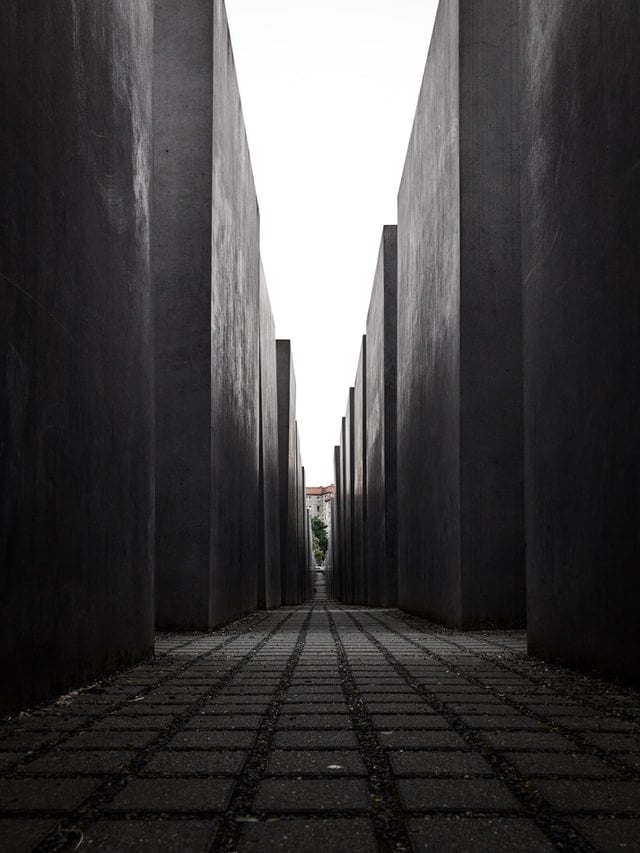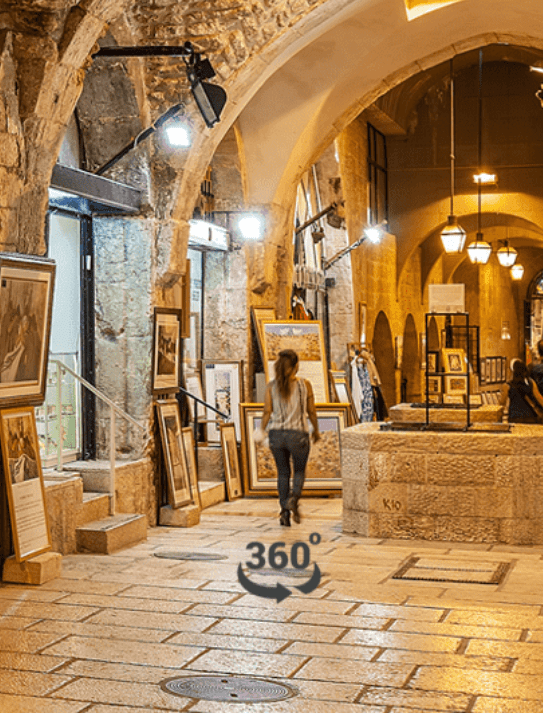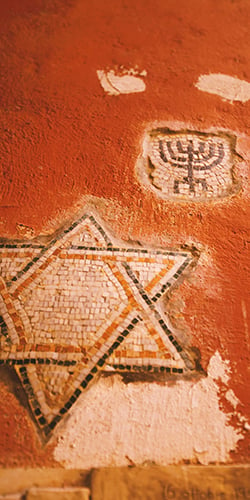10 Must-Visit Jewish Heritage Sites Around the World in 2024
There is nothing more basic than the desire to know one’s past. Since the 17th century, Jews from all four corners of the earth arrived in America in search of freedom to practice their faith in peace and as a way to persecution that had chased them for thousands of years, Yet, generations later we still crave to see where our ancestors lived and walk in their footsteps to get a glimpse into the unique culture and traditions they brought with them.















